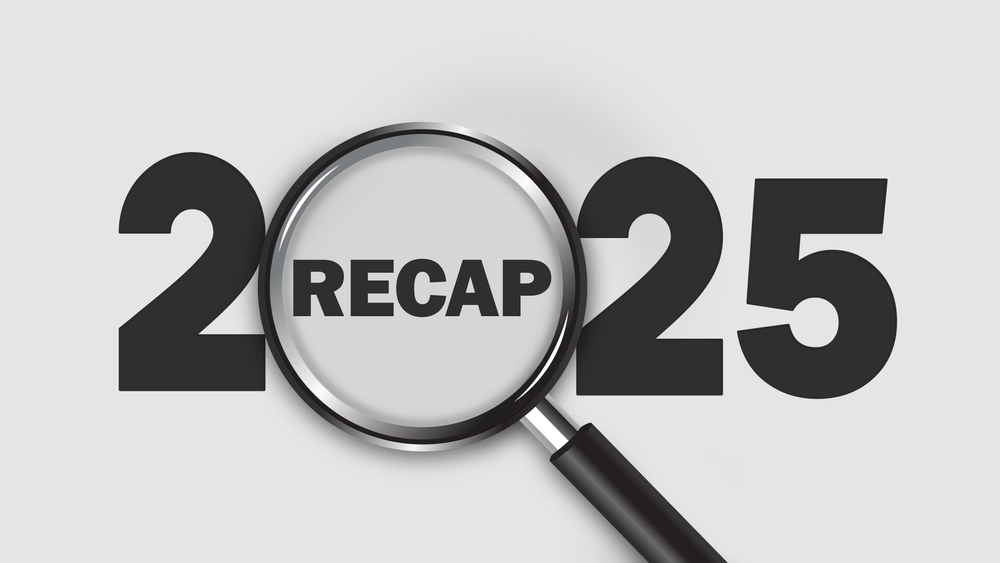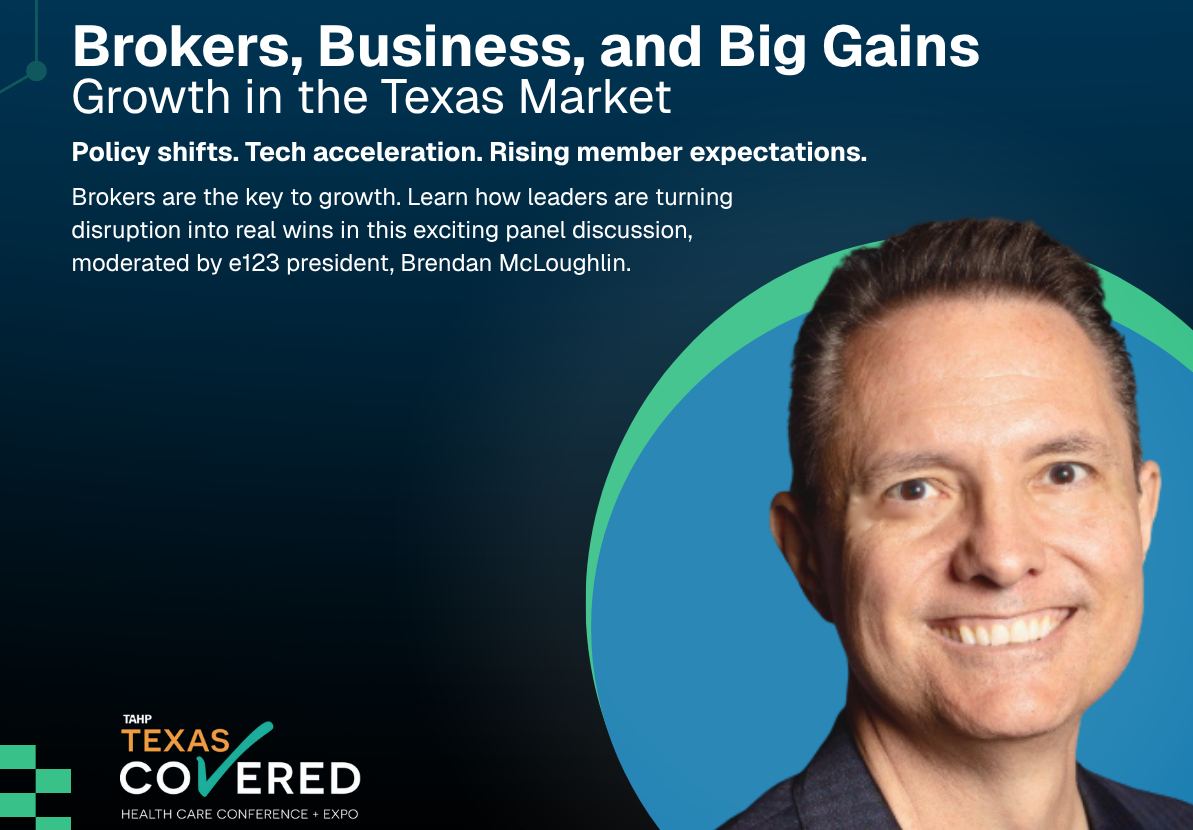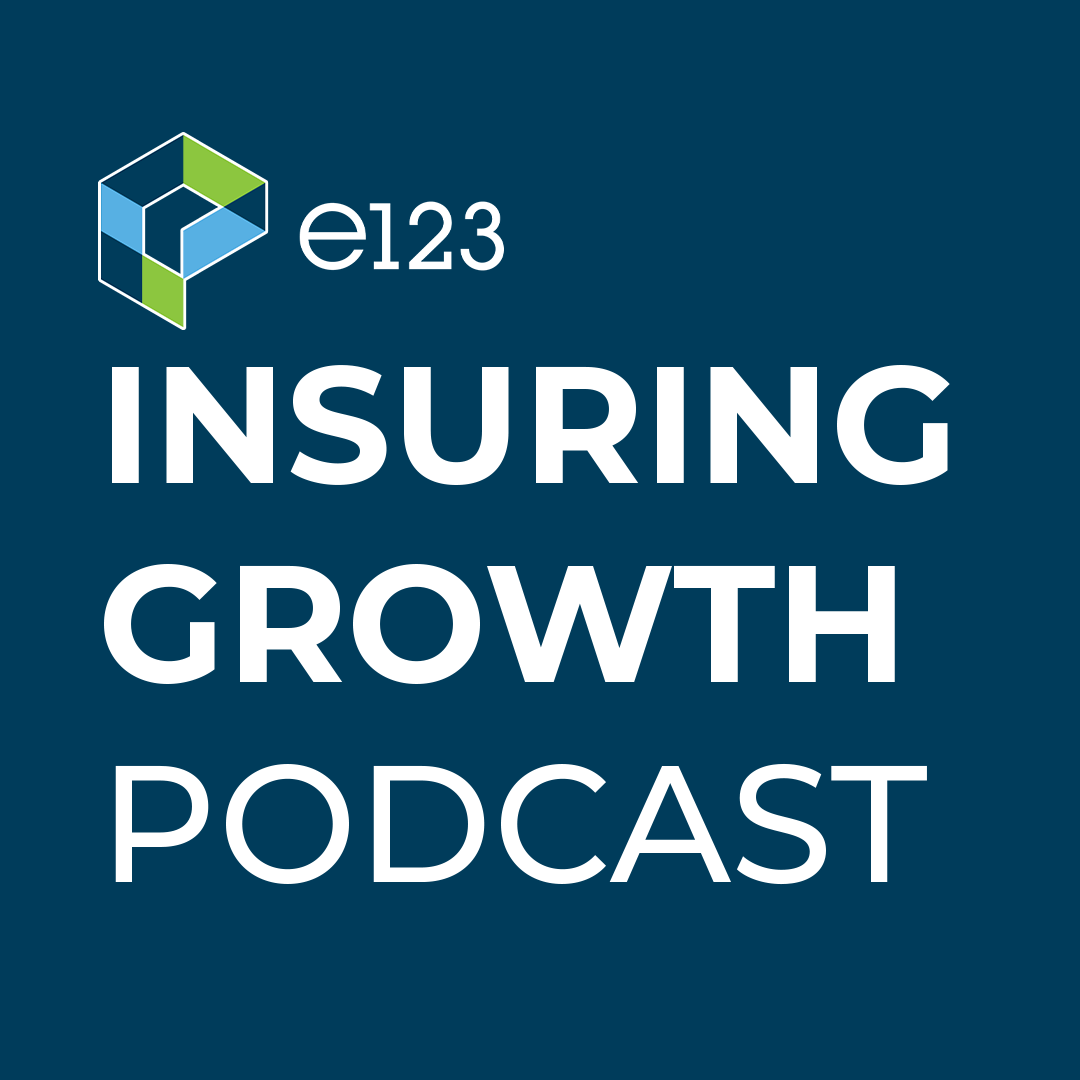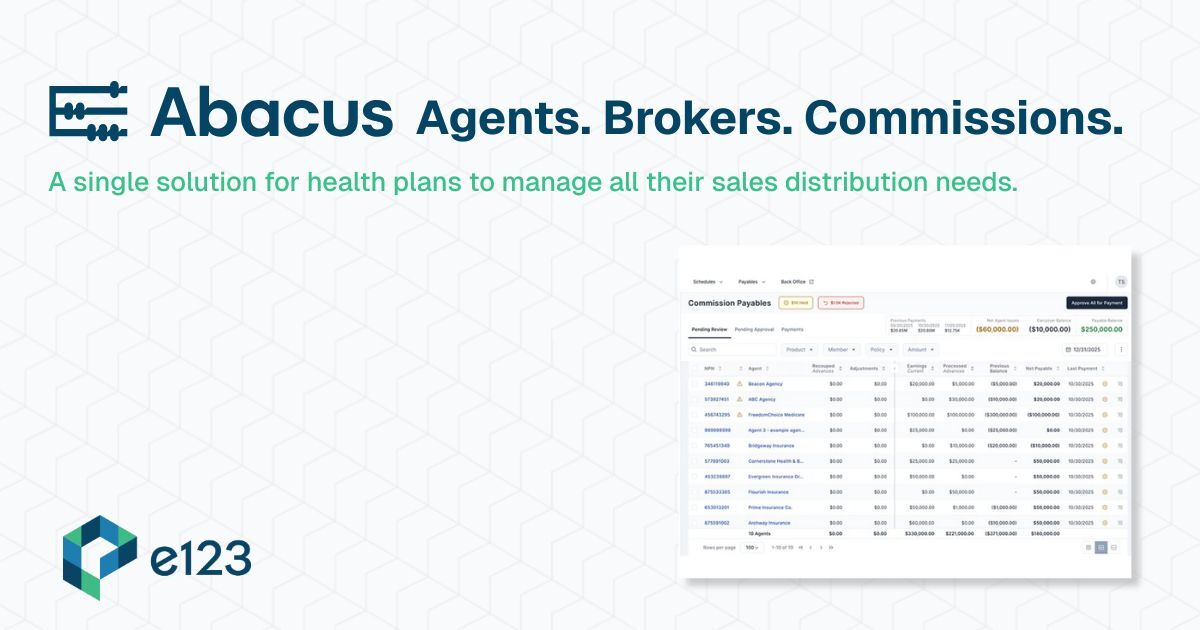Brendan McLoughlin, President of e123, is participating in an executive education course at the Massachusetts Institute of Technology on Artificial Intelligence (AI) and its implications for business strategy. This is the seventh in a series of blog posts where he shares the insights he is gaining and how they apply to health insurance distribution.
Natural Language Processing (NLP) is a subset of Artificial Intelligence (AI) that has already made great inroads in the insurance industry. Life and health (L&H) carriers are using NLP for broad applications from customer service to underwriting. But what about NLP in insurance distribution? In a prior post, we discussed that AI is nowhere near able to replace human agents, so how can AI be effectively used on the distribution side of insurance? NLP holds part of the answer.
What is Natural Language Processing?
NLP is what gives computers the ability to understand and work with human language. It’s the technology that allows people to interact with their devices using everyday language, like talking to virtual assistants or typing into search engines. NLP enables computers to analyze, interpret, and generate human language in a way that makes sense to us. It’s what powers things like speech recognition, language translation, and text analysis. It is the key technology that allows you to interact with computers with normal speech, and powers the front-end of tools like ChatGPT and allows Google to answer “Margot Robbie” when you type “who was the actress in that movie about the toy doll?” So, when you ask Siri a question, or when your email program suggests replies based on the content of a message, you’re experiencing the magic of NLP.
So how is this innovative technology being put to use in the insurance industry?
NLP in Insurance
Insurance companies across the world are already implementing NLP to improve operations and improve overall experience. In areas like claims processing, underwriting, fraud detection and customer service, more insurance companies are investing in AI-powered technology and are already seeing promising results. Many of these initiatives focus on the customer: using NLP-powered AI to dramatically improve the ability to answer customer questions, process claims and communicate status all while reducing fraud and risk. One recent example is auto insurance start up LOOP, which tripled their customer service rates using a customer-facing self service assistant. This innovative tool has not only reduced contact center costs, but more importantly, increased customer satisfaction.
A strategic focus on product
It is notable that many of the applications of NLP we are seeing in the insurance industry are on the claims and benefits side of the business. Improvements like better claims processing and faster response to customer inquiries are great ways for insurance companies to gain competitive advantage by creating a better customer experience. And for an insurance company as a whole, this is a great strategy since customers will be more likely to choose and stay with insurance products that meet their needs and are easy for them to use. But are there benefits of NLP beyond how the product is administered?
What about distribution?
Most life and health insurance distribution organizations have little to no control over the product or how customers interact with it. Insurance sales and marketing teams focus on a very different part of the business, and therefore should have different strategic goals. When thinking about the elements of distribution – enrollment, renewal, billing, commissions, agent administration and book of business management – there is a more achievable strategic goal.
Previously, we discussed that insurance sales and marketing organizations often set a strategic goal of increasing customer lifetime value (LTV) and minimizing customer acquisition costs (CAC). By looking at LTV/CAC as a metric, insurance distribution organizations can gain strategic advantage over their competitors, bringing in more valuable customers at a lower spend.
NLP in Insurance Distribution
It is easy to see where NLP can help optimize LTV/CAC. Think about your day-to-day business and anywhere that people are sharing information or asking questions is a candidate for NLP improvement. For instance, generating contracts for new agencies, dealing with paper enrollments, or even implementing an AI assistant powered by NLP are all areas well suited for improving efficiency.
One area that is ripe for NLP-empowered improvement is commission reconciliation. Every member of the insurance value chain with downlines (FMOs, MGA, brokerages, agencies and agents) should make the paying and reconciliation of commissions as accurate and understandable as possible. And yet, agents routinely say that commissions are a source of massive frustration. Getting commissions right will motivate the best producers to sell your product, increasing LTV and reducing CAC. But instead, downlines tell us they routinely deal with the frustration of spending hours each week to reconcile confusing commission reports from multiple sources, often to just give up and assume they are being underpaid. This can have serious implications as it erodes the overall trust between carriers and agents, leading agents to prioritize selling for other carriers.
It’s not hard to envision how NLP can dramatically improve this process. Rather than downloading, copy and pasting, printing and comparing, imagine if an agent could simply type “Was I ever paid for the short-term policy I sold to the woman in Spokane last summer?” NLP-empowered AI can easily answer this and a vast array of other commission questions. To date, we do not have examples of L&H insurance carriers using this kind of technology, but imagine the advantage that a first-mover would have. Attracting, motivating and retaining the best agents will become a competitive edge to the carrier who gets it right first.
And this is just a single example of how NLP-empowered AI can help L&H carriers gain a lasting advantage. The carrier that lets their agents and agencies speak to systems in their own language will enjoy a massive leap over their competitors.
Conclusion
Is NLP really a natural for life and health insurance marketers? My answer is an emphatic yes. Not only is it a natural fit, but NLP is also poised to revolutionize insurance distribution. After all, the key to a successful L&H business lies with people. From the carrier down to the customer, every human interaction is an opportunity for real, sustainable advantage, and NLP is most effective when used to improve personal connections. By harnessing the power of NLP-empowered AI assistants, insurance companies can transform their operations, enhance customer experiences, and drive strategic growth. While the focus on product-centric NLP applications is prevalent, there’s a clear strategic imperative to extend NLP’s capabilities to distribution channels, where it can significantly impact agent effectiveness and key business metrics. The strategic integration of NLP not only streamlines processes like commission reconciliation, but also empowers agents to deliver exceptional service and increased sales. As the industry continues to evolve, early adopters of NLP technology will gain a meaningful competitive edge, positioning themselves as leaders as they increase LTV while decreasing CAC.
To learn more about attracting and retaining the best agents? Download the white paper “Attract, Retain, and Motivate The Best Agents – Learn how to turn commissions into a competitive weapon”, written by e123 CEO Fred Studier.
Want to learn more about the future of AI in insurance distribution? Get in touch here. For prior posts in this series, click here or below:
|
Next Post – Artificial Intelligence Fails That Every Insurance Executive Should Know About |








